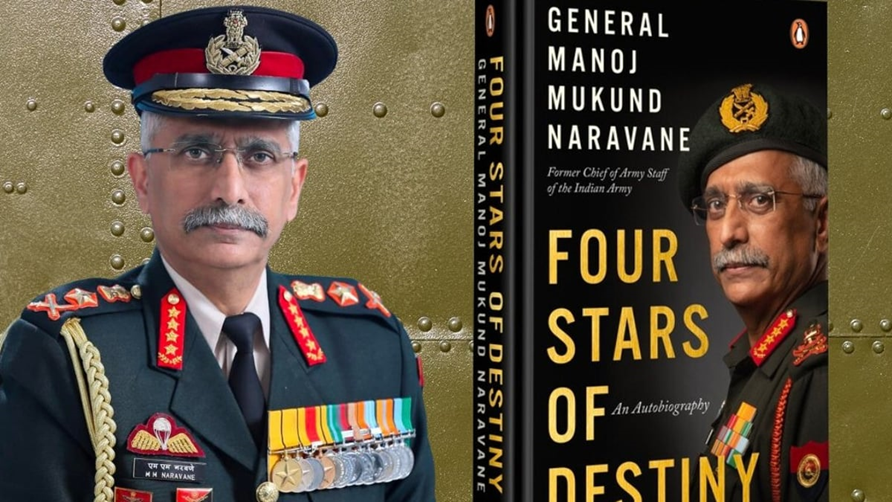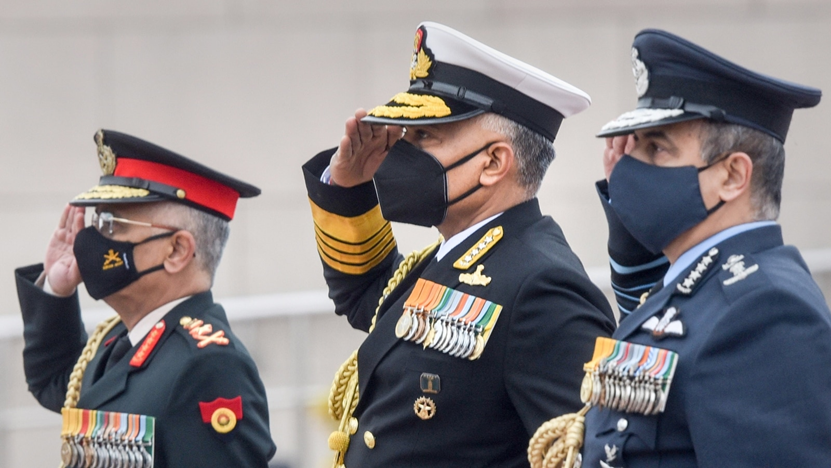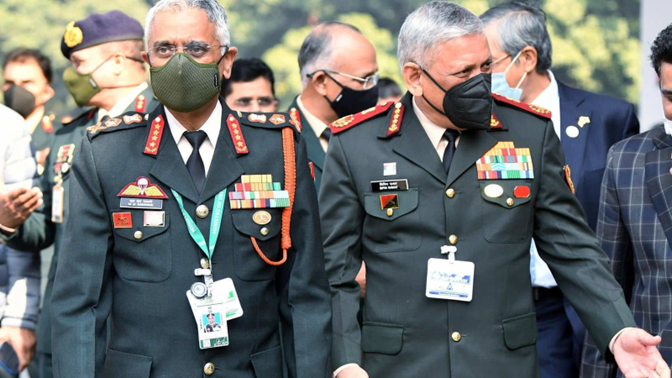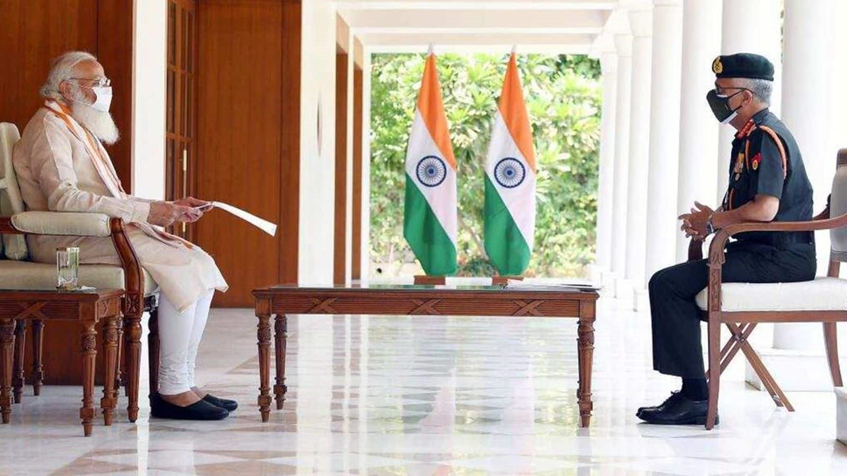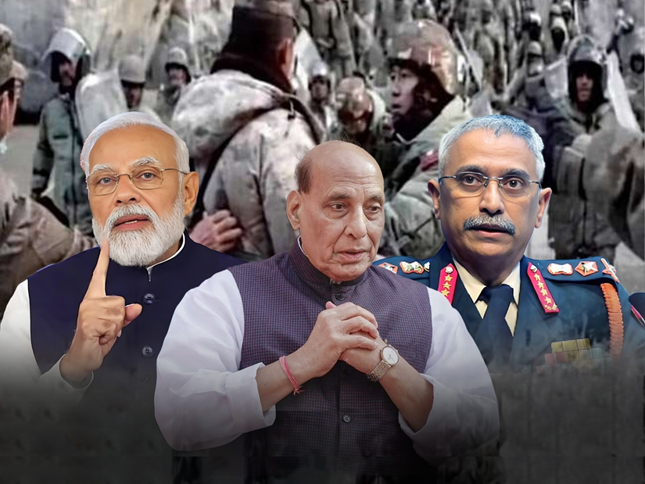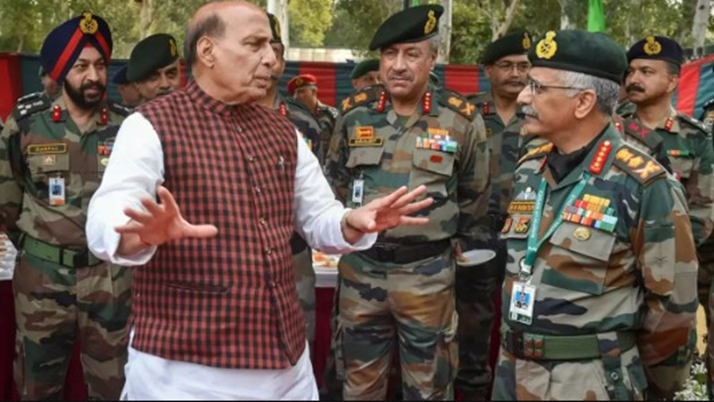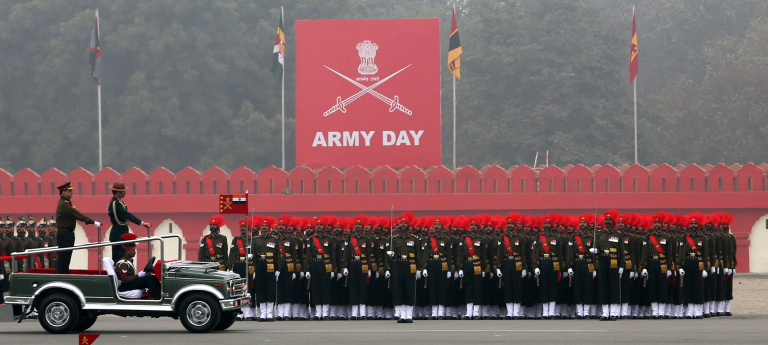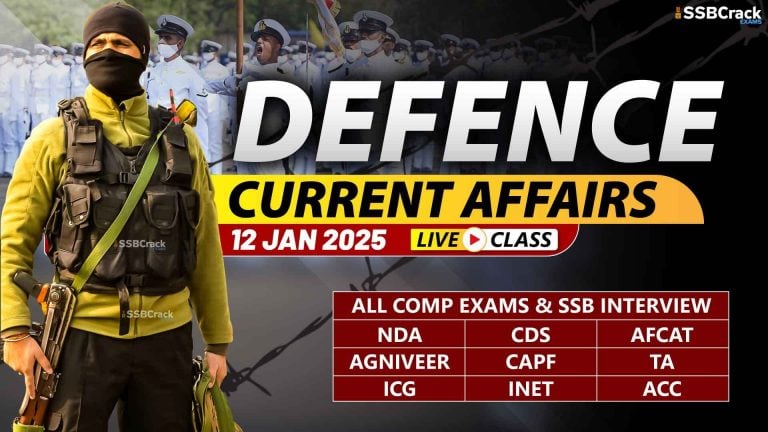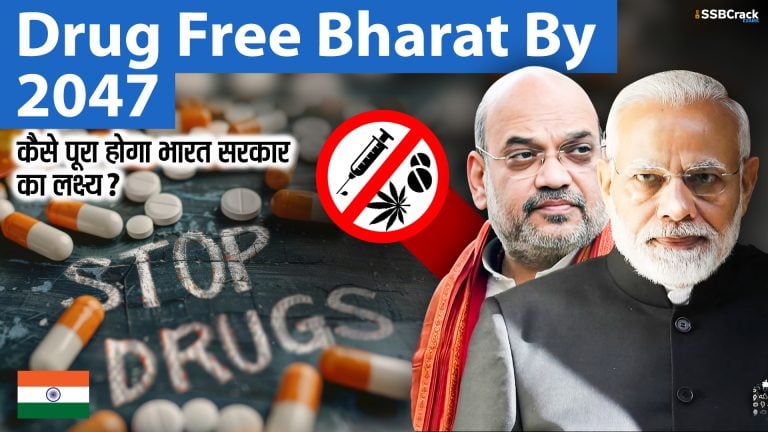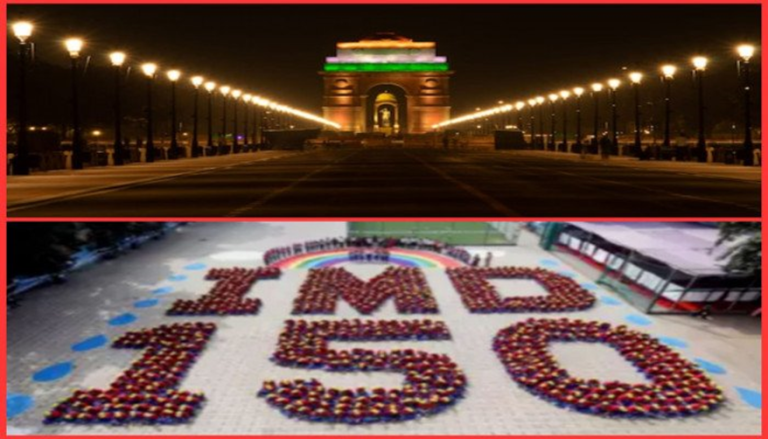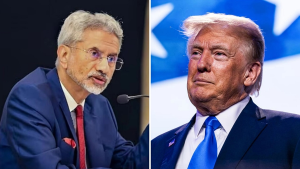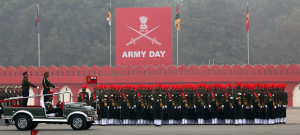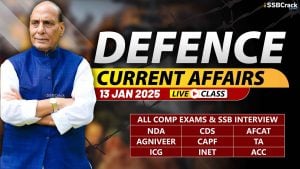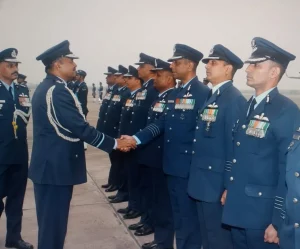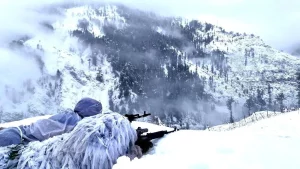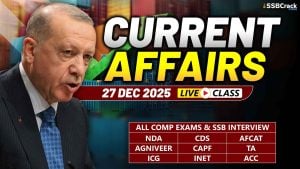General Naravane discussed the contentious scheme in his soon-to-be memoirs, titled Four Stars of Destiny, which was reviewed by the news agency PTI.
Agnipath Scheme Was ‘Bolt Out of the Blue’
Former Army chief General M.M. Naravane said that when the Agnipath tour of duty scheme was announced, it caught the Army by surprise and was a “bolt out of the blue” for the Navy and the Air Force. General Naravane, who was the Army chief from December 31, 2019, to April 30, 2022, said he “sounded out” a ‘Tour of Duty’ scheme in early 2020 to induct soldiers for short-term tenure. But months later, the PMO’s formulation had a much wider scope and included all three services, he said.
“We in the army were taken by surprise by this turn of events, but for the navy and air force, it came like a bolt from the blue,” General Naravane wrote. He had to explain to the Navy and Air Force chiefs that his initial proposal was only regarding the Army, and he was of the view that 75% of the personnel recruited would be retained, while 25% should be released.
When the Union government announced the Agnipath scheme on June 14, 2022, it said only 25% of recruits would be retained while the rest would be released after the completion of their four-year tenure.
Tour of Duty Scheme
He writes in the book, “When I had first sounded out the PM about the Tour of Duty scheme, it was more on the lines of a short-service option at the soldier level, similar to the Short Service Commission scheme for officers that was already in vogue….Just as a limited number of SSC officers are taken each year, likewise a limited number of jawans would be similarly enrolled and released after the completion of their ‘tour’ with the option of re-enlisting for another tour, if found to be fit.”
The proposal did not make much headway initially because of the onset of the COVID-19 pandemic and the clashes between the Indian and Chinese armies in Galwan in eastern Ladakh in mid-2020. “Having become a tri-service matter, it now fell on Chief of Defence Staff Gen Bipin Rawat to take the proposal forward, albeit with the Army remaining the lead service,” the book says.
Agnipath Scheme
According to PTI, General Naravane wrote that the government’s proposal for a first-year Agniveer was initially an all-inclusive Rs 20,000 per month. “This was just not acceptable. Here, we were talking about a trained soldier who was expected to lay down his life for the country. Surely a soldier could not be compared with a daily wage labourer? Based on our very strong recommendations, this was later raised to Rs 30,000 per month,” he writes in the book.
On Clashes With China
General Naravane writes that defence minister Rajnath Singh told him, ‘Jo ucchit samjho woh karo’ (do whatever you deem appropriate) on the night of August 31, terming the situation as “nearing breaking point”. At the time, both sides had moved tanks near Rechin La on the south bank of Pangong Tso, along the Line of Actual Control (LAC), according to the book. “I was in my den at Army House, with the map of J&K and Ladakh on one wall, Eastern Command on another. They were unmarked maps, but as I looked at them, I could visualize the location of each and every unit and formation. We were ready in all respects, but did I really want to start a war?” he writes.
After a few moments of reflection, he called up the then Northern Army Commander Lt General Y.K. Joshi and told him “we cannot be the first ones to fire” because “it would provide the Chinese with an excuse, a casus belli, to escalate and paint us as the aggressors”. “Their light tanks would have been no match for our medium tanks. It was a game of bluff and the PLA blinked first,” he writes, noting that the PLA moved troops from Moldo to the area of Chuti Changla towards the south bank of Pangong Tso on the intervening night of August 29-30. “The PLA reaction was not long in coming. On the 30th evening itself, they moved forward some troops in the area of the Kailash Range, stopping about 500 meters short of our locations and started digging in.”
He adds that PLA locations were at lower heights and directly under Indian observation. “As such, they were of no threat to us, but if they were to come up in strength and try to outflank or surround our localities, then we would have to take action. The situation was tense and nearing breaking point.”

